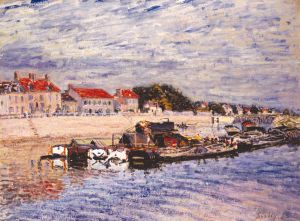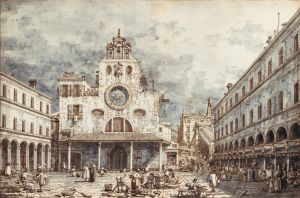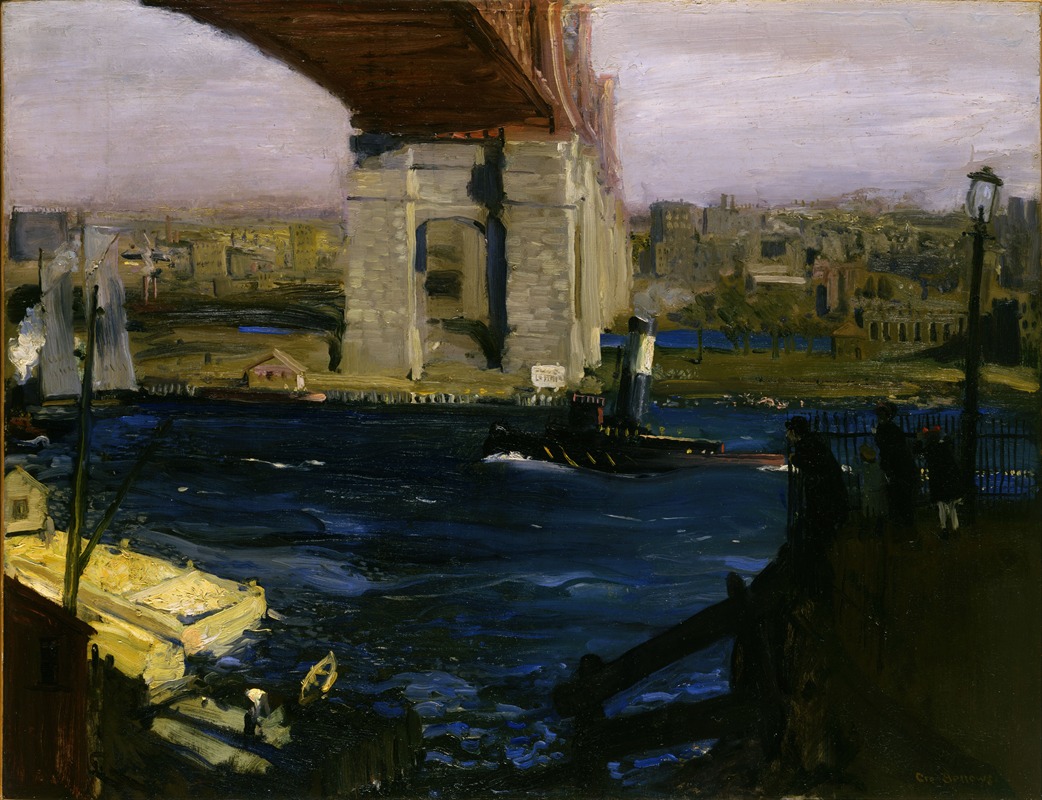
Bridge, Blackwell’s Island
A hand-painted replica of George Wesley Bellows’s masterpiece Bridge, Blackwell’s Island, meticulously crafted by professional artists to capture the true essence of the original. Each piece is created with museum-quality canvas and rare mineral pigments, carefully painted by experienced artists with delicate brushstrokes and rich, layered colors to perfectly recreate the texture of the original artwork. Unlike machine-printed reproductions, this hand-painted version brings the painting to life, infused with the artist’s emotions and skill in every stroke. Whether for personal collection or home decoration, it instantly elevates the artistic atmosphere of any space.
"Bridge, Blackwell’s Island" is a painting by the American artist George Wesley Bellows, created in 1909. Bellows, a prominent member of the Ashcan School, was known for his dynamic and realist depictions of urban life and landscapes in early 20th-century America. This particular work captures a view of the Queensboro Bridge (also known as the 59th Street Bridge) spanning the East River in New York City, with Blackwell’s Island (now Roosevelt Island) visible beneath it.
The painting reflects Bellows’ interest in the industrial and architectural transformations of New York City during this period. The Queensboro Bridge, completed in 1909, was a modern engineering marvel of its time, and Bellows’ depiction emphasizes its massive steel structure and the interplay of light and shadow across its framework. The composition also includes the surrounding urban environment, with elements such as the river, industrial buildings, and the island itself, which was historically home to various institutions, including hospitals and a penitentiary.
Bellows employed a bold and expressive style in this work, using loose, vigorous brushstrokes and a muted yet dynamic color palette. The painting conveys a sense of energy and movement, characteristic of the bustling cityscape it portrays. The atmospheric effects, such as the hazy sky and reflections on the water, add depth and texture to the scene.
"Bridge, Blackwell’s Island" is considered an important example of Bellows’ ability to capture the spirit of New York City during a time of rapid change and modernization. It also reflects the broader themes of the Ashcan School, which sought to depict the realities of urban life with honesty and immediacy. The painting is part of the collection of the Whitney Museum of American Art in New York City, where it continues to be appreciated for its historical and artistic significance.
This work remains a testament to Bellows’ skill as a painter and his keen observation of the evolving urban landscape of his time. It stands as a vivid snapshot of early 20th-century New York, offering viewers a glimpse into the city’s industrial progress and the artistic movements that sought to document it.





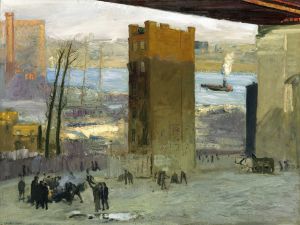
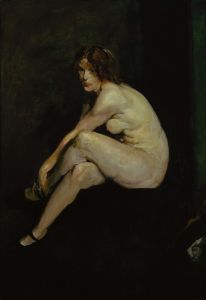
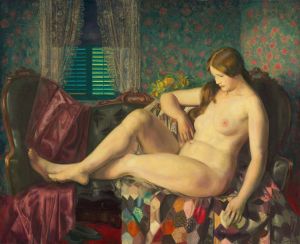
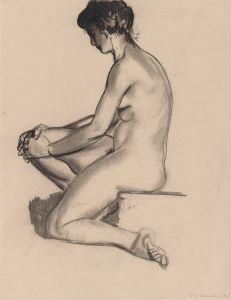
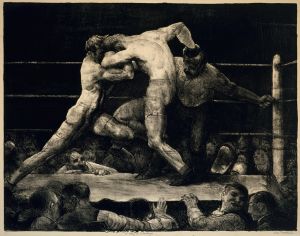
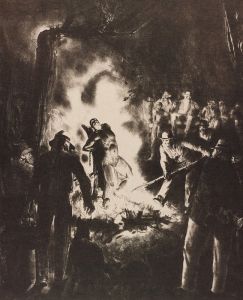
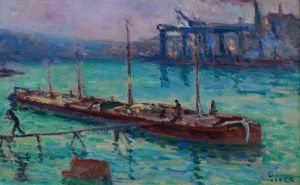
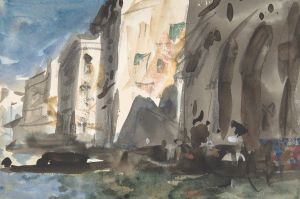
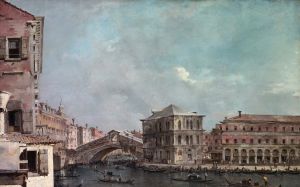
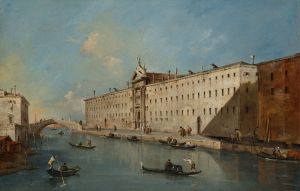
![Design for Longchamps Restaurant, 79th St., New York, NY.] [Proposed treatment for front of restaurant](/imgs/249289/s/winold-reiss-design-for-longchamps-restaurant-79th-st-new-york-ny-proposed-treatment-for-front-of-restaurant-83a4c86c.jpg)
